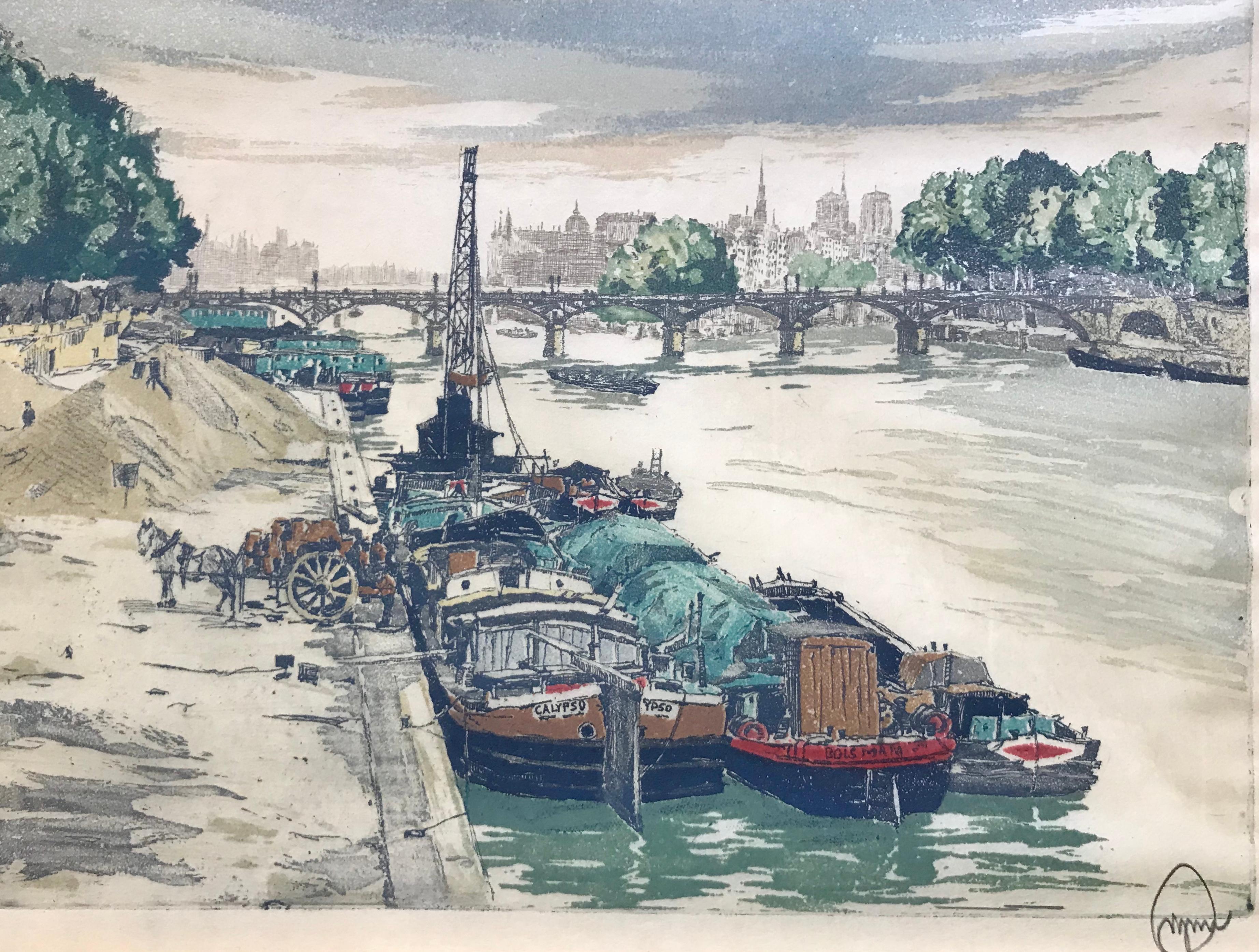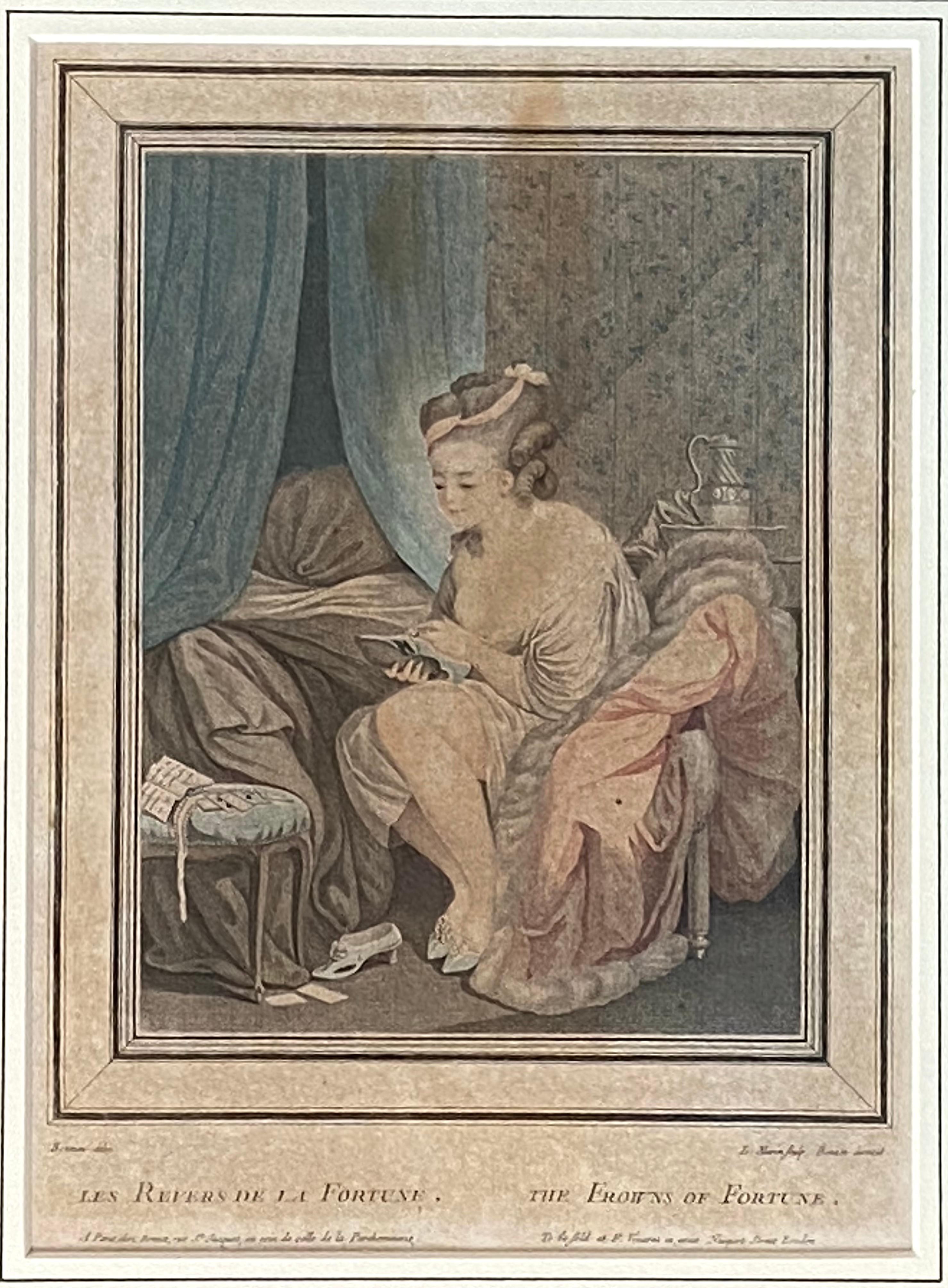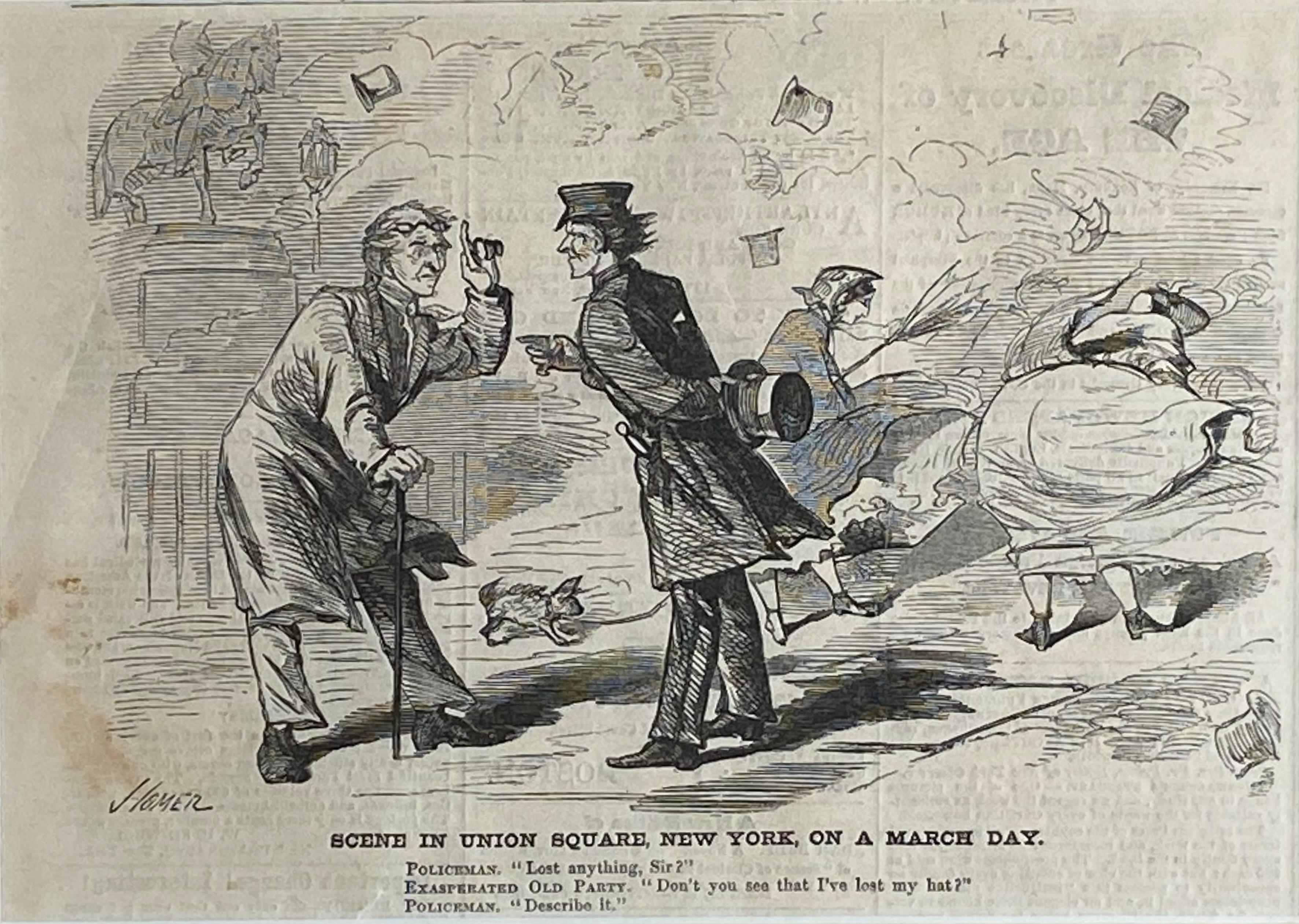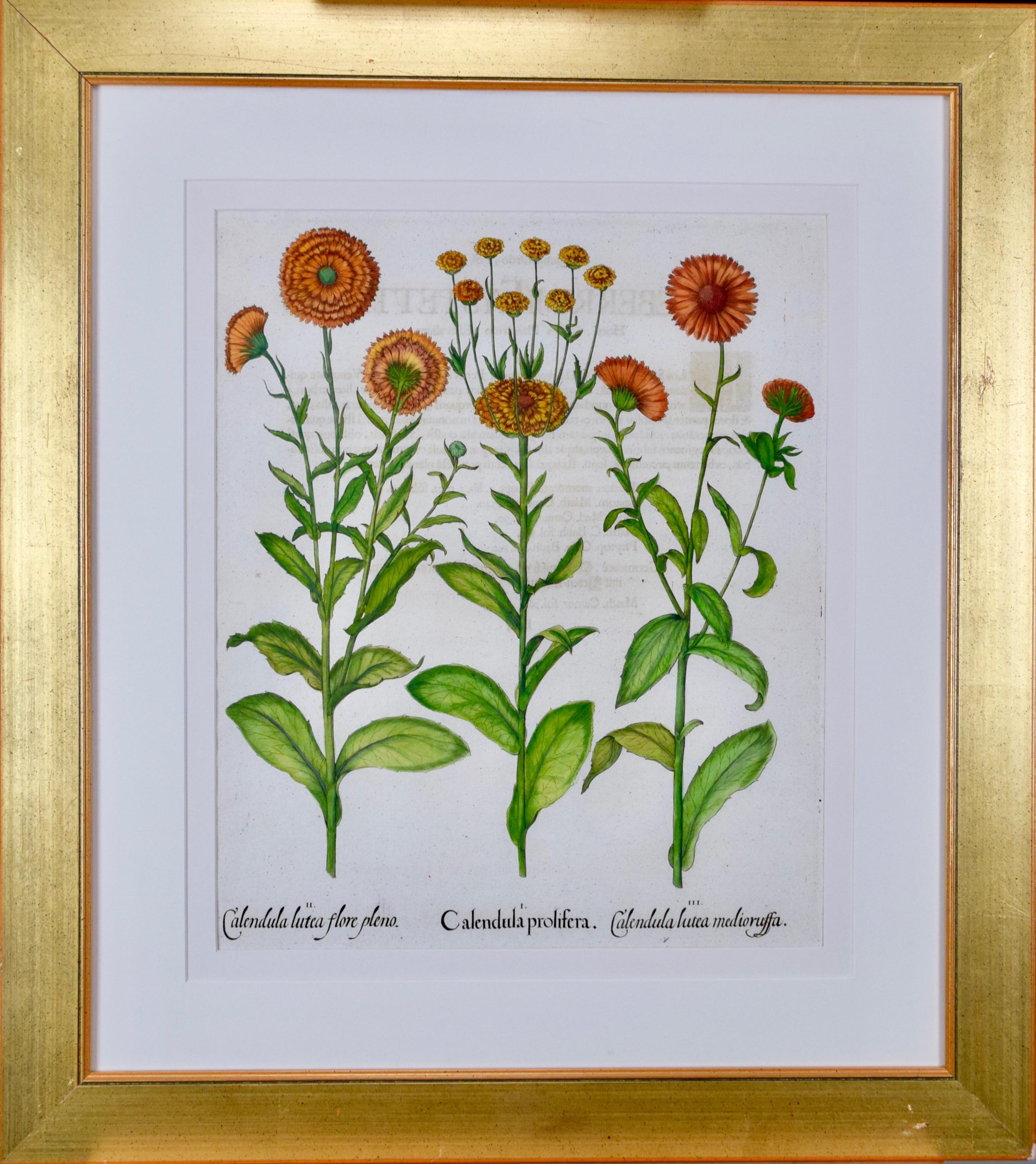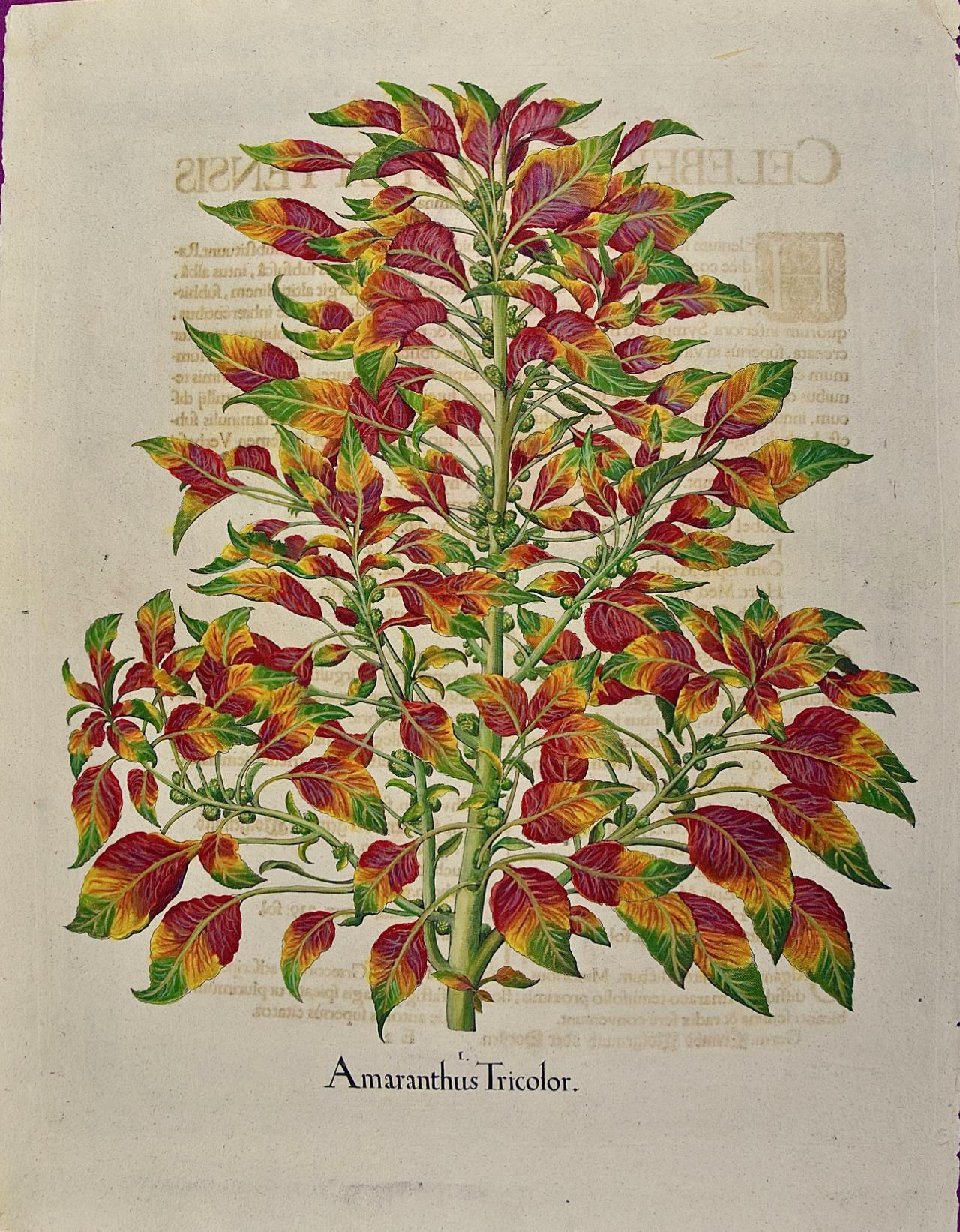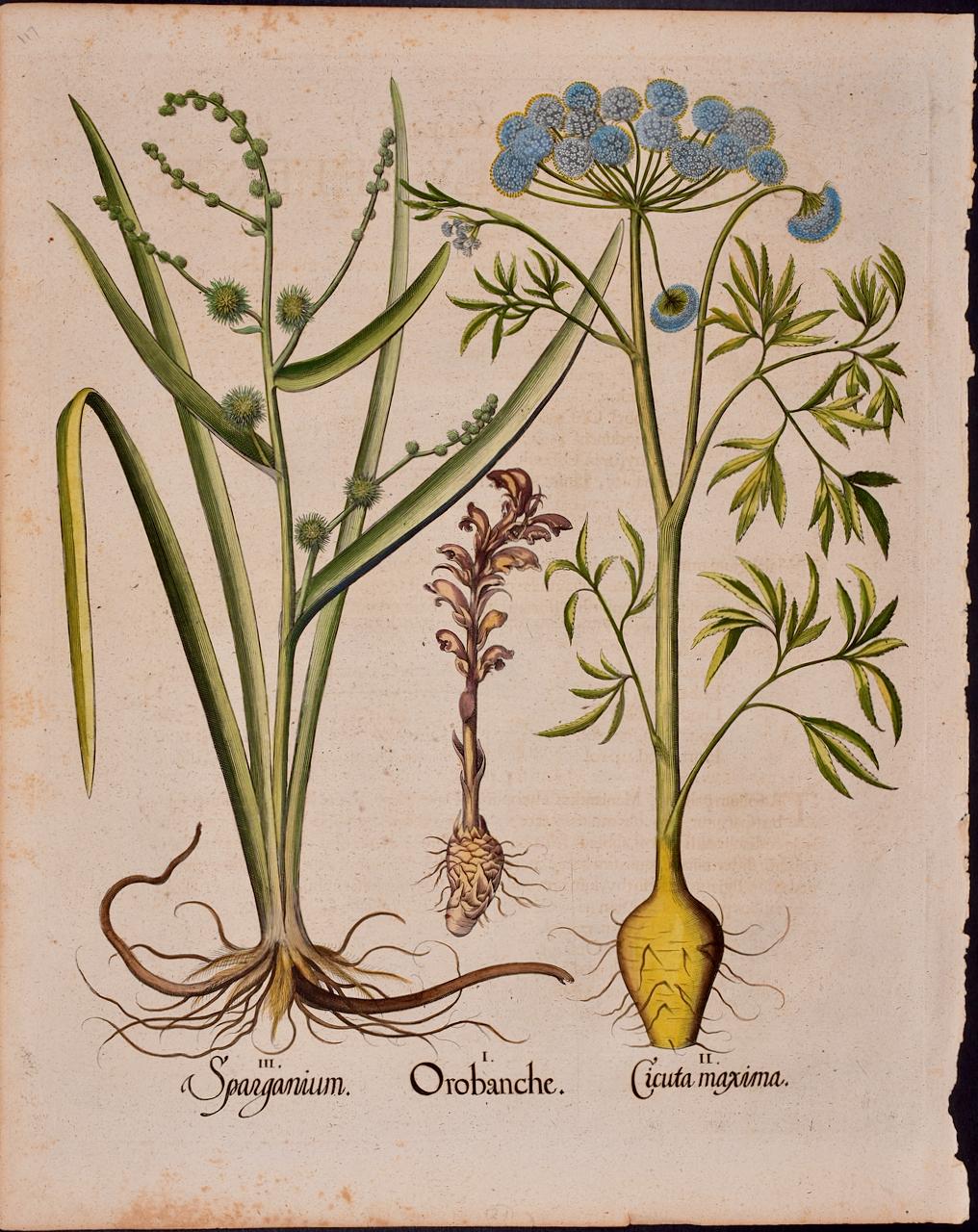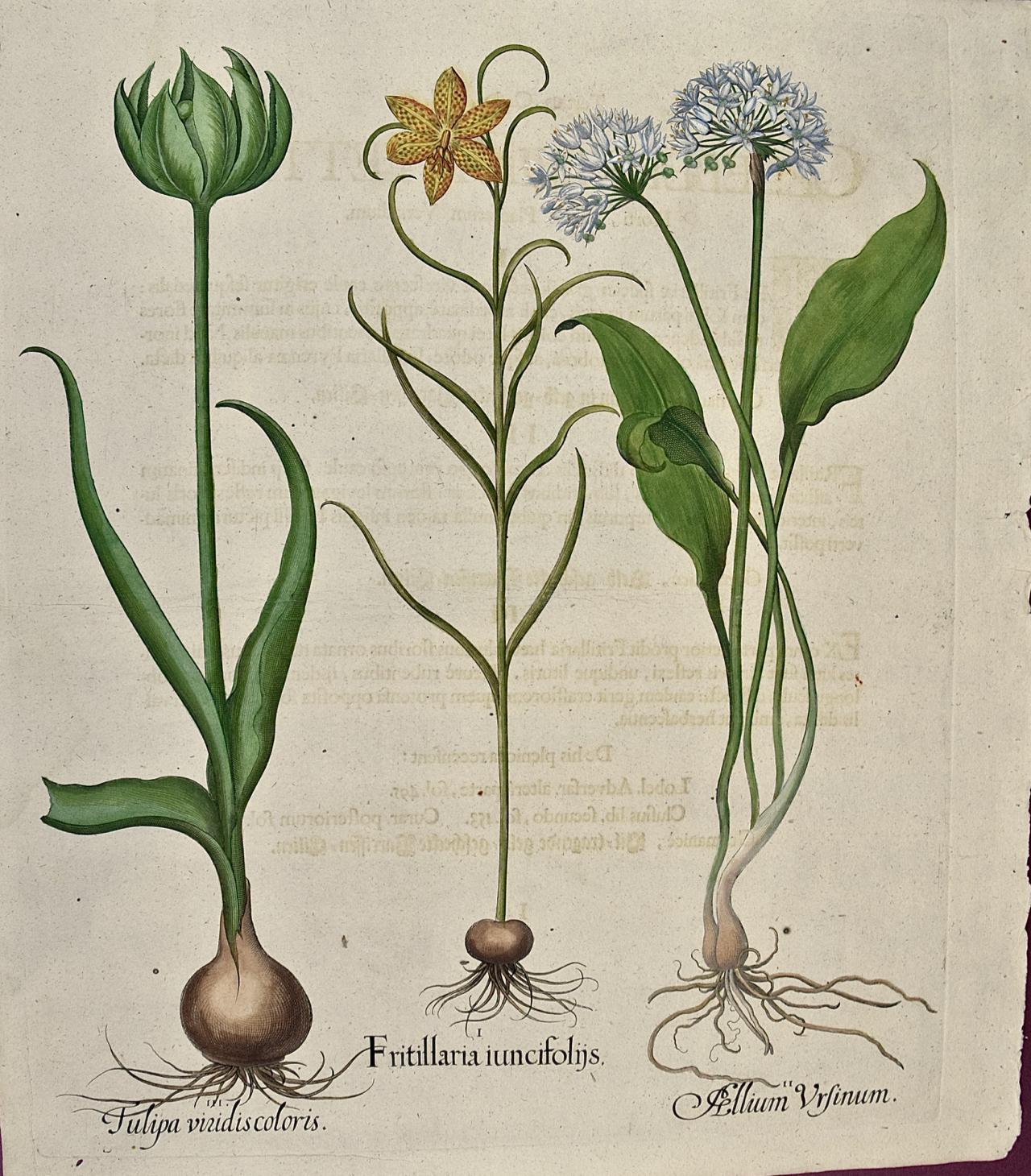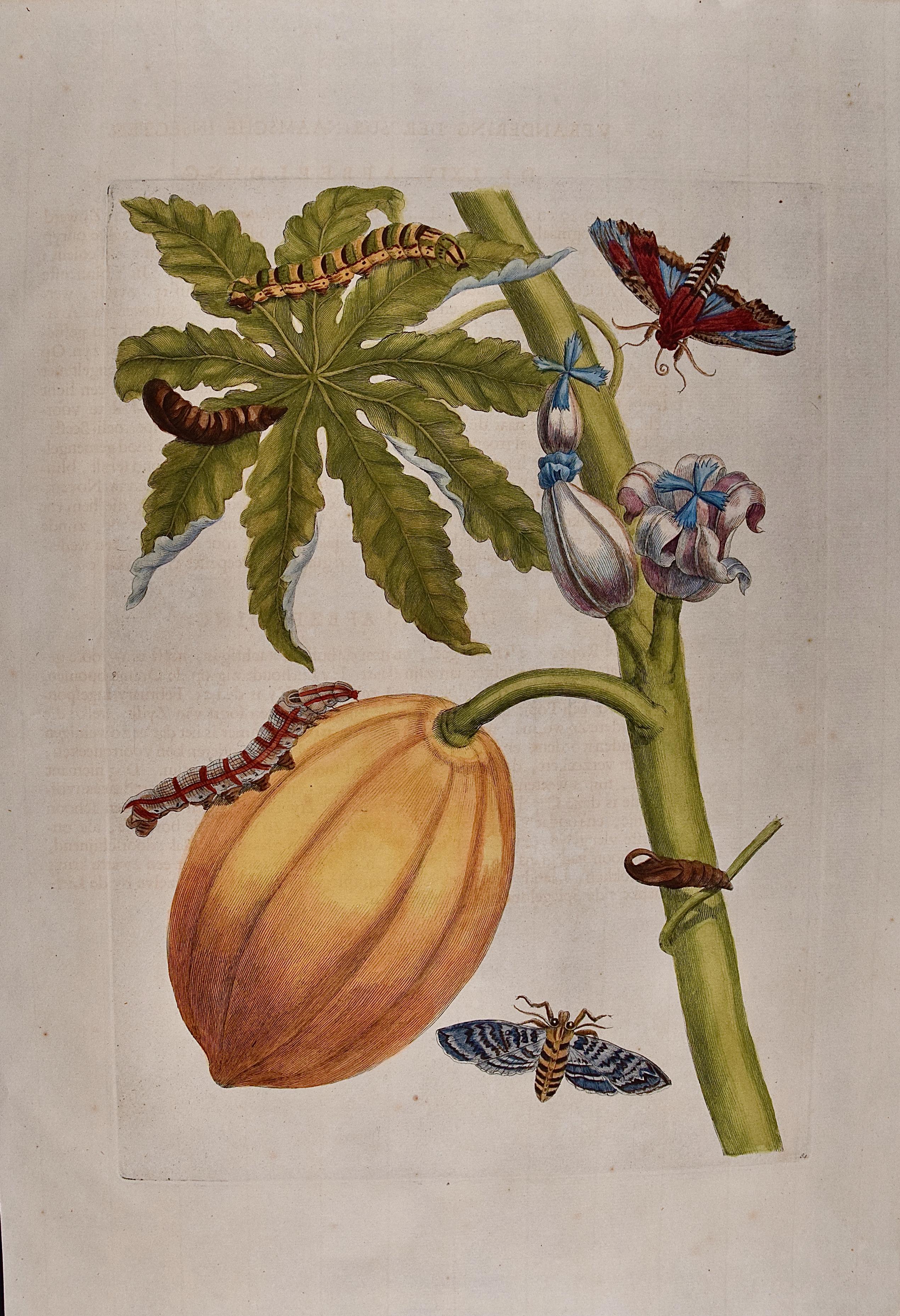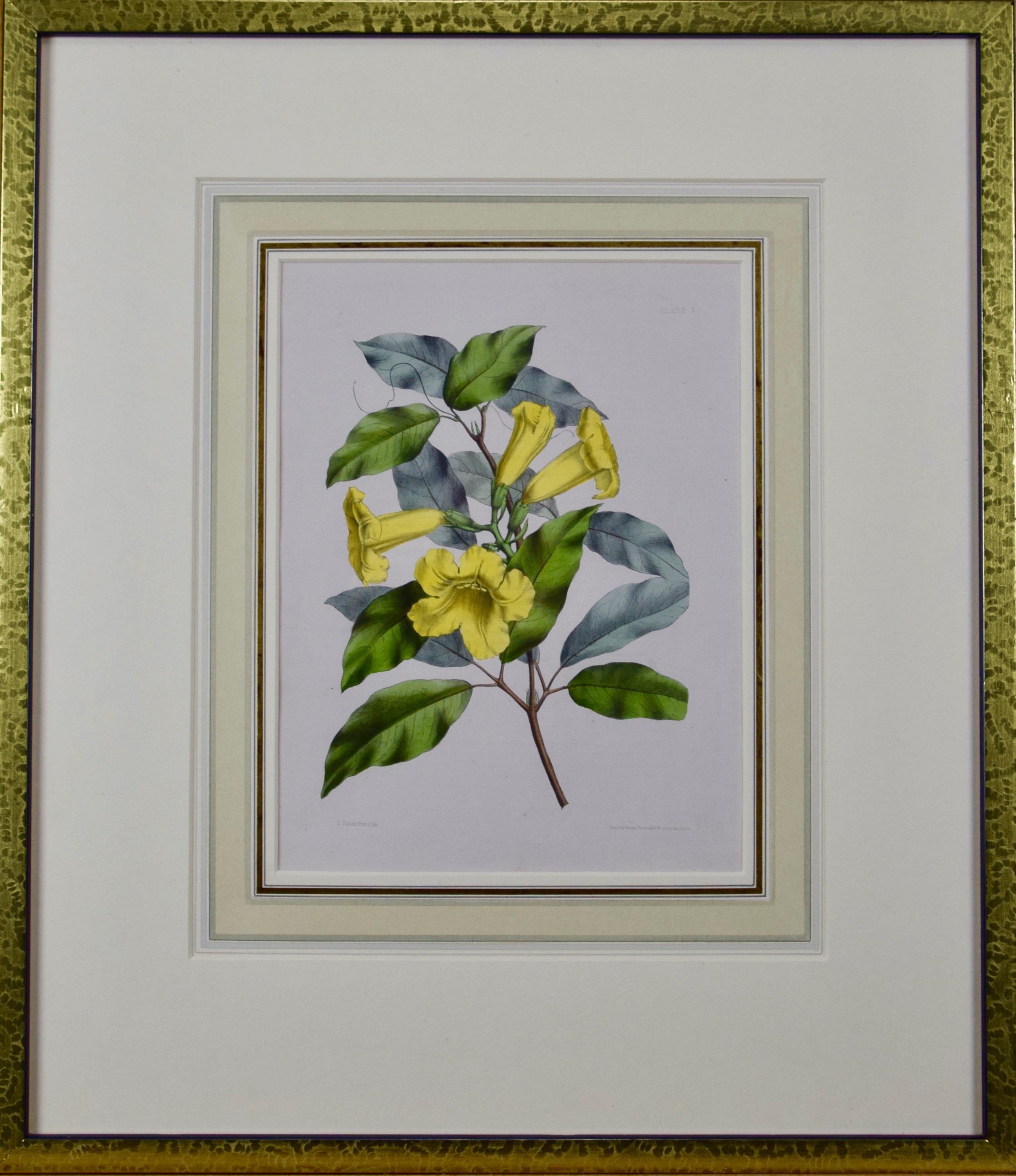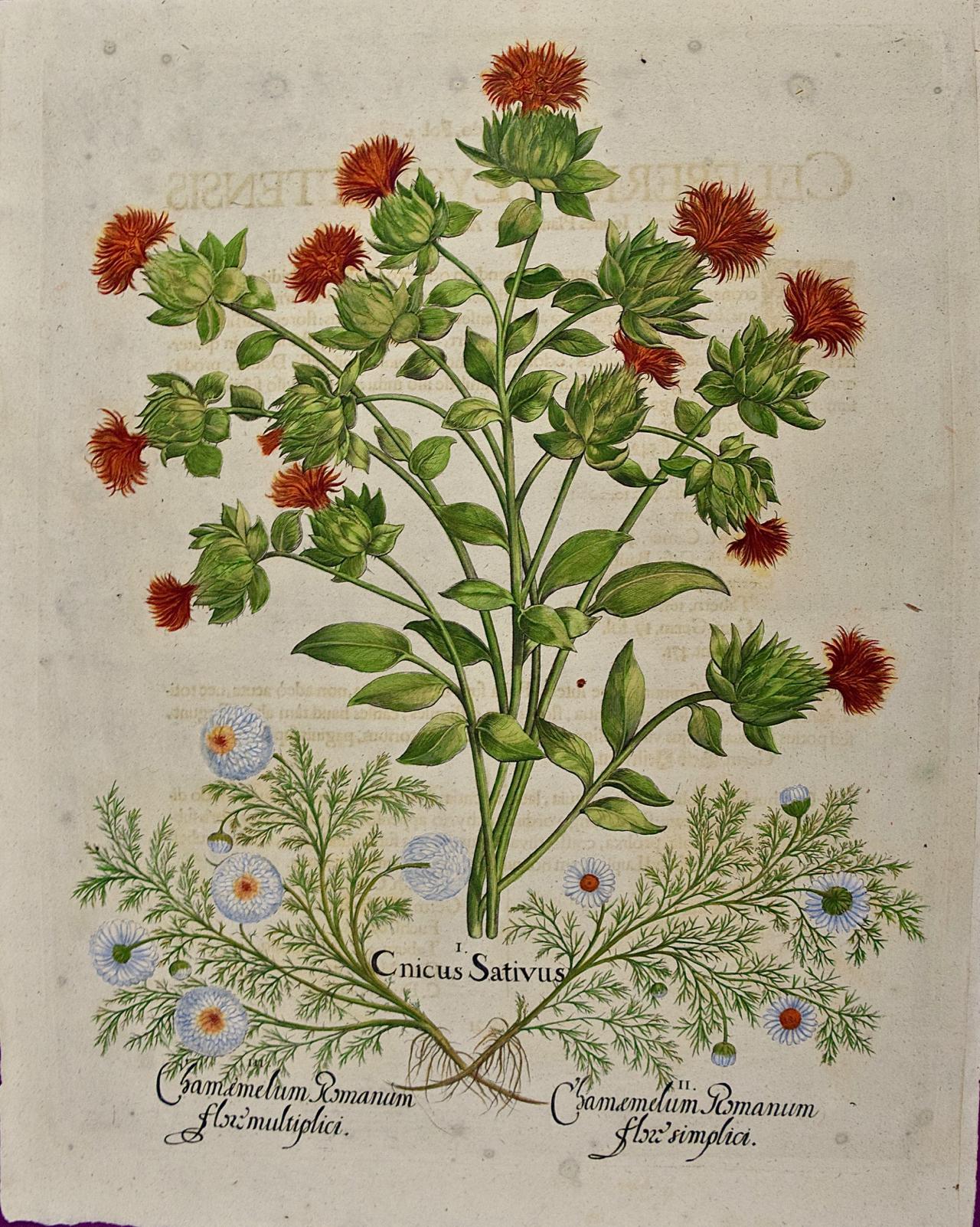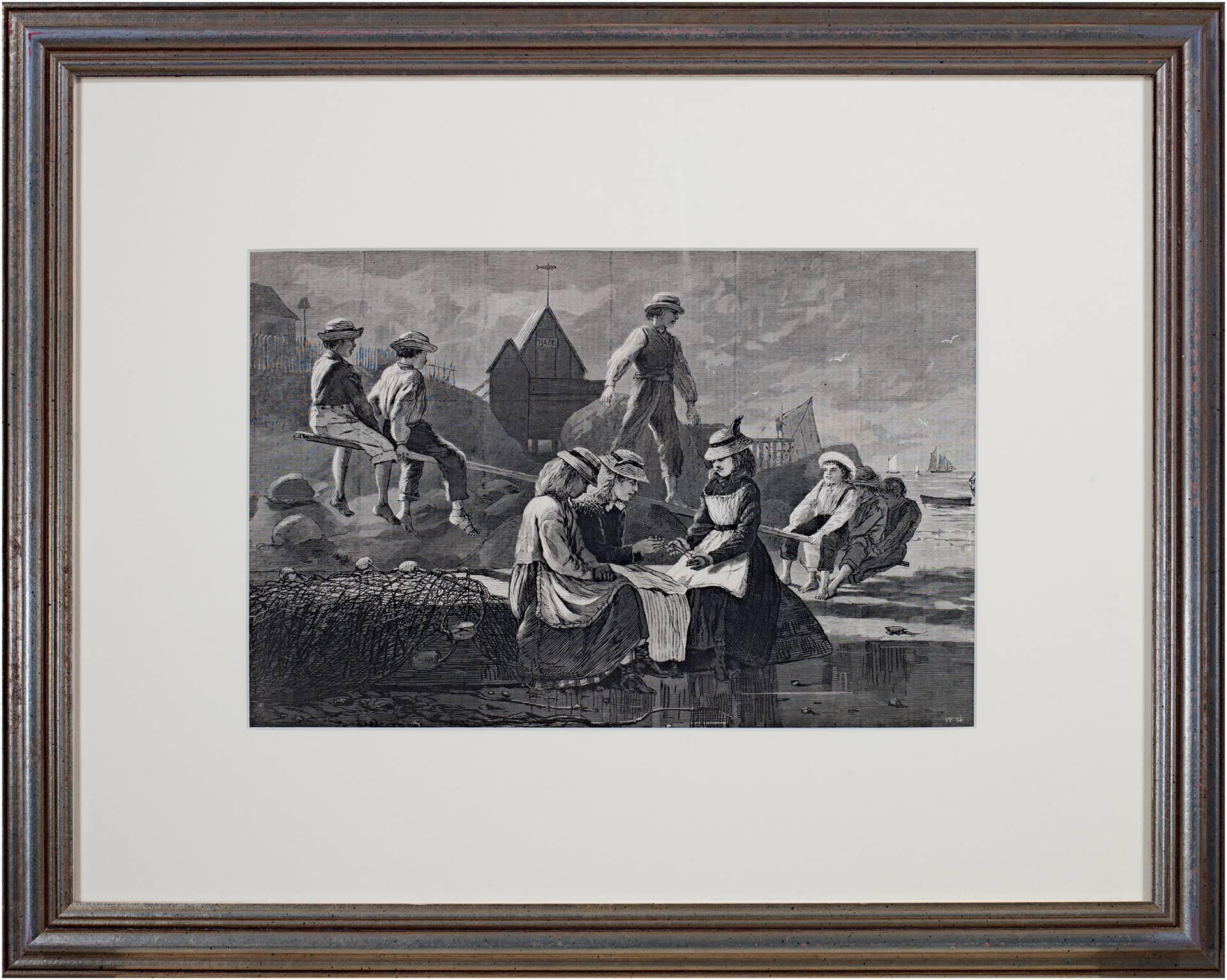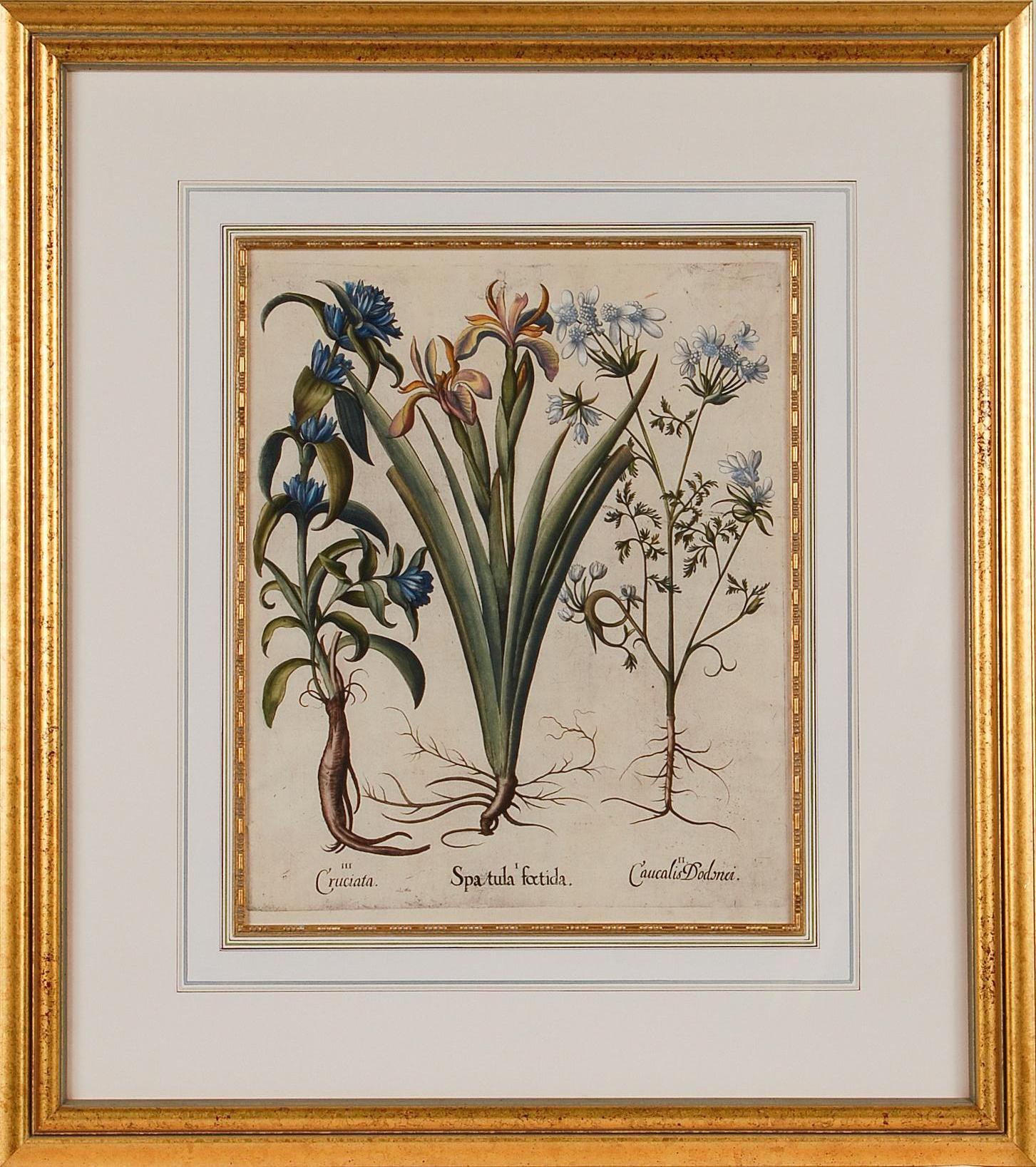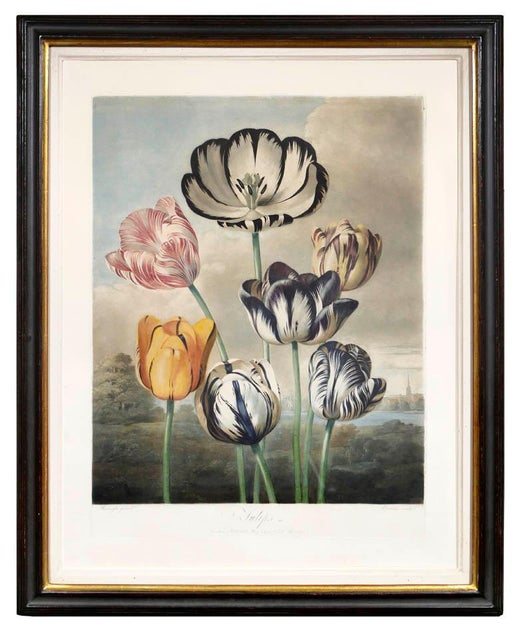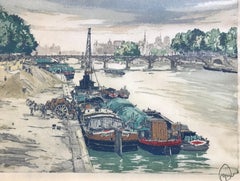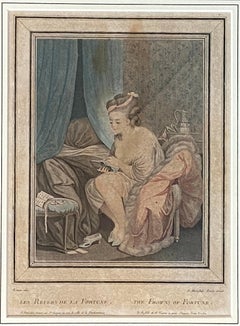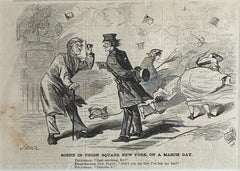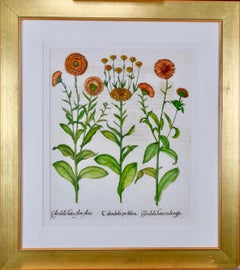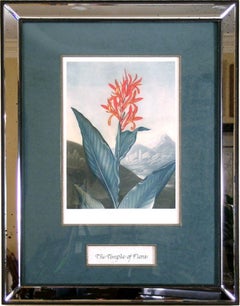
Indian Reed (Cana)
1 of 7
Dr. Robert John ThorntonIndian Reed (Cana)1804
1804
About the Item
- Creator:Dr. Robert John Thornton (1768 - 1837, English)
- Creation Year:1804
- Dimensions:Height: 38.5 in (97.79 cm)Width: 30.5 in (77.47 cm)Depth: 1.75 in (4.45 cm)
- Medium:
- Movement & Style:
- Period:
- Condition:Framed to museum specifications using archival matting, backing, hinging. Glazed with ultraviolet filtering Plexiglas. Mirrored frame.
- Gallery Location:Florham Park, NJ
- Reference Number:Seller: 2015 03-11-151stDibs: LU652290522
Dr. Robert John Thornton
Robert John Thornton (1765-1832) was attracted to natural history at an early edge and created his own botanical garden and an aviary as a boy. He graduated from Cambridge with a medical degree and set up practice as a London. He inherited his family fortune in 1797, which allowed Thornton the opportunity to devote time to his lifelong goal of creating an extensive scholarly work dedicated to the great classical Swedish naturalist, Carolus Von Linnaeus (1707-1778), also known as Carl von Linné, who developed a system for the classification of plants and animals, and is known as the father of taxonomy. Thornton's goal was to exceed any previous publication produced in any European country in terms of the scope of the project, the quality of the illustrations and the paper, as well as the beauty of the landscapes depicted as backgrounds for the plants. Thornton was the first person to incorporate landscape backgrounds with his botanical subjects. He wanted for the publication to be of both academic importance as well as artistic beauty. He dedicated his work and subsequent publication "The Temple of Flora; or Garden of Nature Picturesque Botanical Plates of the New Illustration of the Sexual System of Linnaeus" to Queen Charlotte. Thornton opened an art gallery to display the paintings from which the prints were made and as a place to sell subscriptions to the forthcoming books. Queen Charlotte, the Prince Regent, and the Emperor of Russia received copies of the book. Although the publication was not successful financially for Thornton, the stylization of the illustrated flowers and their historical, allegorical and fanciful backgrounds led to The Temple of Flora being considered one of the greatest botanical books of all time.
Authenticity Guarantee
In the unlikely event there’s an issue with an item’s authenticity, contact us within 1 year for a full refund. DetailsMoney-Back Guarantee
If your item is not as described, is damaged in transit, or does not arrive, contact us within 7 days for a full refund. Details24-Hour Cancellation
You have a 24-hour grace period in which to reconsider your purchase, with no questions asked.Vetted Professional Sellers
Our world-class sellers must adhere to strict standards for service and quality, maintaining the integrity of our listings.Price-Match Guarantee
If you find that a seller listed the same item for a lower price elsewhere, we’ll match it.Trusted Global Delivery
Our best-in-class carrier network provides specialized shipping options worldwide, including custom delivery.You May Also Like
“On the Seine, Paris”
Located in Southampton, NY
Original aquatint engraving of working river barges on the Seine in Paris, France. A horse drawn cart is seen loading or unloading product. Circa 1900. ...
Category
Early 1900s Academic Landscape Prints
Materials
Paper, Mezzotint
$300 Sale Price
20% Off
“Les Revers de la Fortune”
Located in Southampton, NY
Original stipple engraving with colors titled “Les Revers de la Fortune” (Reversal of Fortune) by the well known French engraver, Louis Marin Bonnet...
Category
1780s Academic Interior Prints
Materials
Laid Paper, Engraving
$760 Sale Price
20% Off
“Scene in Union Square, New York on a March Day
By Winslow Homer
Located in Southampton, NY
Original wood engraving on paper. Taken from Harper’s Weekly, April 7, 1860. Signed “Homer” in the plate. Condition is good. Slight staining lower left. Very slight tear to the l...
Category
1860s Academic Figurative Prints
Materials
Archival Paper, Engraving
$228 Sale Price
20% Off
Calendula Flowers: An 18th Century Hand-colored Botanical Engraving by B. Besler
Located in Alamo, CA
A hand-colored copper plate engraving depicting "Calendula prolifera; Calendula lutea flore pleno; Calendula lute medioruffa" flowers from Basilius Besler's landmark work, Hortus Eys...
Category
Early 18th Century Academic Still-life Prints
Materials
Engraving
Amaranthus tricolor: A 17th-18th C. Besler Hand-colored Botanical Engraving
Located in Alamo, CA
This is a hand-colored copper plate engraving entitled "Amaranthus Tricolor", depicting a flowering Amaranthus Tricolor plant from Basilius Besler's landmark work, Hortus Eystettensis (Garden at Eichstatt), first published in 1613 in Eichstatt, Germany near Nuremberg and later in 1640 and 1713. Amaranthus tricolor, known as edible amaranth, is a species of flowering plant in the genus Amaranthus. The plant is often cultivated for ornamental and culinary purposes. Cultivars have a striking yellow, red, and green foliage. It is known as Joseph's coat in some areas, after the biblical figure Joseph, who is said to have worn a coat of many colors. Amaranthus tricolor is one of several species of amaranth cultivated in warm regions across the world.
This beautiful colorful engraving is printed on thin laid chain-linked paper with very wide margins. There is a short crease in the upper right corner, mild irregularity of the left, right and lower edges and some bleed-through of text from the verso. The print is otherwise in excellent condition with striking hand-coloring. The sheet measures 22.13" high and 17.13" wide.
Basilius Besler (1561–1629) was an apothecary and botanist. He was curator of the Willibaldsburg Castle garden of Johann Konrad von Gemmingen, prince bishop...
Category
Early 18th Century Academic Still-life Prints
Materials
Engraving
Bur Reed & Water Hemlock: A 17th-18th C. Besler Hand-colored Botanical Engraving
Located in Alamo, CA
This is a hand-colored copper plate engraving entitled "Orobanche, Cicuta Maxima, Sparganium (Bur Reed, Water Hemlock, Broomrape) ", depicting a flowering Bur Reed, Water Hemlock, Broomrape plants from Basilius Besler's landmark work, Hortus Eystettensis (Garden at Eichstatt), first published in 1613 in Eichstatt, Germany near Nuremberg and later in 1640 and 1713.
This beautiful colorful engraving is printed on thin laid chain-linked paper with wide margins. There us spotting and some discoloration, most prominently in the upper and lower margins. There is irregularity and some loss along the right paper edge. The print is otherwise in excellent condition with striking hand-coloring. The sheet measures 21.5" high and 17.25" wide.
Basilius Besler (1561–1629) was an apothecary and botanist. He was curator of the Willibaldsburg Castle garden of Johann Konrad von Gemmingen, prince bishop...
Category
Early 18th Century Academic Still-life Prints
Materials
Engraving
